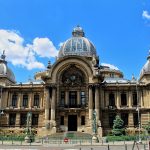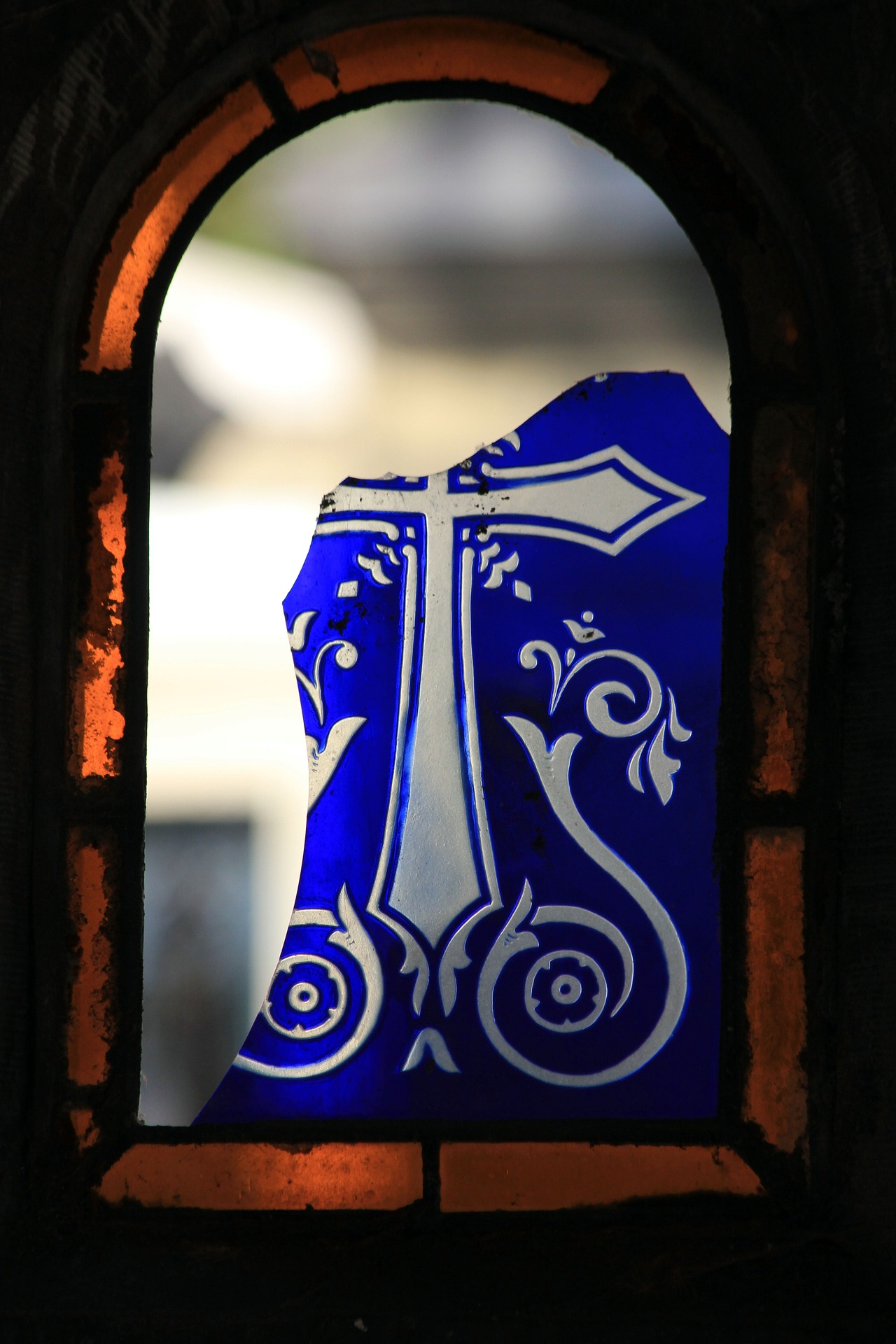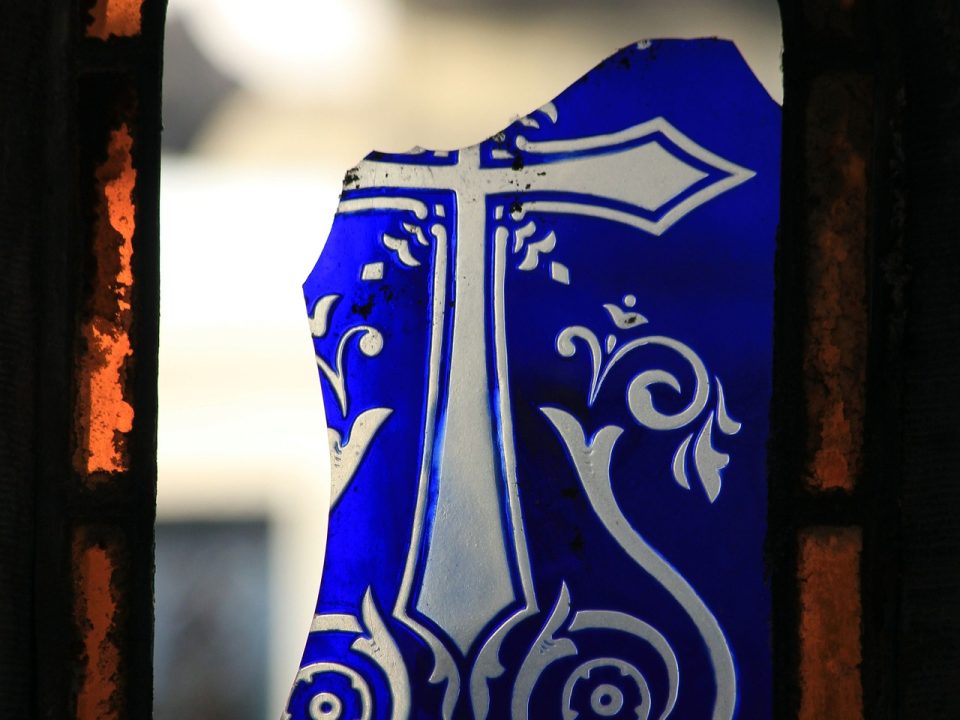
Adam Asnyk: Do młodych
2024-05-13
Nostalgia & Bucharest – Old Town
2024-05-14Kazimierz Wierzyński: The Patriot

Frederic, now in the fifth form, began his new school year in the middle of September, 1824. The boarding establishment was filled to capacity, and the Chopin home bustled with activity as never before. The Literary Entertainment Society entered upon a new stage of development. While literature was somewhat neglected, its entertainments acquired new splendor. The youngsters were seized with a mania for the theater. Frederic and Emilia composed French and Polish charades about their friends, and the audience guessed at the hidden names with curiosity and varying success. The tableaux vivants fascinated even the older people, who after a performance were asked to stay for a game of cards. Ludwika looked very touching in the role of the legendary Princess Wanda, who drowned herself in the Vistula rather than marry a German. She was also beautiful as Barbara Radziwill, whom King Sigismund Augustus (played by Frederic) took to wife, although she was not of royal blood.
The latter performance was memorable because it ended with unexpected drama, through the fault of the impersonator of the King. He appeared in a costume that the spectators — to their horror — recognized as Monsieur Nicolas’s Freemason garb. Like Eisner, Brodzinski, and Kolberg, Nicolas Chopin belonged to one of the three Masonic lodges in Warsaw, and together with his friends he practiced the forbidden rites. He naturally kept his membership in the organization secret, though he did not consider it reprehensible.
Madame Justyna, who was a very pious Catholic, took a different view of the matter. What the parents said to each other in their closed room that night remained between them. Nevertheless, discipline in the boardinghouse became more rigorous after this incident. The boys marched to church in double file, and Frederic hid away the Bible in which in a frivolous moment he had inscribed his name as “Chochochochochopin".
He now played the organ as a well-conducted youth, and together with Jas Matuszynski, a master of the flute, aroused the admiration of the devout. Apparently the trowel and the hammer was not all-powerful with the men who wore this sign, since Eisner too attended church and even directed the lyceum choir during the services.
The incident of the purloined robes had no other consequences of import, and when St. Nicholas’ Day came, the professor could celebrate it in keeping with the proudest family traditions. The drawing room was transformed into an auditorium, with chairs and armchairs set up in rows. The numerous guests were tremendously excited when they heard that an entirely new attraction figured on the program of the soiree. The Chopin home theater was presenting a comedy written by Frederic and Emilia Pichon — as we know, Pichon was the nom de plume of the editor of the Szajarnia Courier, The play was entitled The Mistake, or the Pretended Rogue. The script has unfortunately not come down to us, but on that evening it was a great success, particularly because the authors were also leading members of the cast. The slender Frederic played the paunchy mayor, and Emilia his ethereal daughter. After the performance, when the audience was discussing the play, Emilia emphasized the fact that the comedy was written in verse, and moreover had been turned out by the two authors in a single creative session.
Few Warsaw salons could boast gatherings like those that adorned the salon of the Chopins. Among the visitors were scientists, musicians, poets, actors, all with distinguished names. Eisner and Linde were old friends ; Frederic Skarbek, erstwhile pupil of Monsieur Nicolas, a university professor at the age of twentysix, and author of several important works on law and economics, was almost a member of the family. A frequent visitor at the Chopins’ was Casimir Brodzinski, former soldier of Napoleon and then also a professor at the university ; he was a champion of romanticism and was now publicizing the poems of a young poet from Wilno, Adam Mickiewicz, who had recently been arrested by the Russians. Frederic was particularly fond of Jacob Frederic Hofman; this friend was in his seventies, but his heart was a half century younger, and he made it a point to associate with youth. Frederic Chopin often dropped in at the professor’s apartment in an adjacent building, admired the curios collected there, and played the piano with Madame Hofman or her son, Alexander. The elder Hofman had an exuberant vitality and extraordinary ingenuity, and he suffered from a secret mania for inventions. A passionate naturalist, he founded a mineralogical museum at the university, and through his efforts the vacant lots behind the Casimir Palace were transformed into a botanical garden. His special hobby was to mold plant forms in wax, and he acquired such skill in this pursuit that his artificial ferns and tuberoses were almost indistinguishable from real ones. He invented a device that enabled nonswimmers to traverse a hundred and twenty yards of water in one minute. Unfortunately, in spite of its unique qualities, this invention fell into oblivion. Hofman was more successful with improvements in the musical field. He invented a new instrument, the aeolomelodicon or choraleon, which he asked Brunner, a manufacturer of musical instruments, to construct, and with which he expected to revolutionize music.
Several of these friends of the Chopins’ were first-generation Poles, by choice. Linde had a brother in Danzig who was a sincere German. In the home of the professor of geodesy, Julius Kolberg, born in Mecklenburg, German was not spoken ; his six children grew up as Poles, and one of his sons, Oscar, devoted his life to collecting Polish songs and folk legends. Hofman, who had come to Warsaw as a young physician, worked in the hospitals during the Kosciuszko insurrection and won the praise of the leader.
Frederic was completely at ease in the circle of his father’s friends ; he respected their attainments and liked their picturesque characters. From their reminiscences the boy painted for himself a picture of the recent past of Poland ; and the endless sufferings of his country, to which these made constant allusion, became deeply engraved in his memory.
Like all of Poland, and like Europe, Warsaw at that time was in ferment with ideas of freedom. Count Novosiltsov, special Russian commissioner in Warsaw, was regarded as a symbol of despotism. He was an exponent of police rule: his spies tried to discover what the people were thinking, and his censors tried to prescribe their thinking. In spite of his sixty-three years, he was unable to control his vices — drinking and debauchery. The nightly adventures of this imperial plenipotentiary, who used to elude his bodyguards when he was drunk and was often found in the morning near the walls of a brothel, with his clothes in tatters, were notorious. Grand Duke Constantine contributed to the growing aversion for the Russian rule. Mounted on a white steed, he would indulge in his favorite pastime, military reviews; but one loose button on a soldier’s uniform would suffice to make him behave like an enraged corporal. He occasionally slapped his subordinates in the face, and several of his officers committed suicide after such public humiliation. Novosiltsov and Constantine ignored treaty obligations ; the Polish Diet had not been convened for years, and the liberal constitution was gathering dust in the files of the chancellery.
While Tsar Alexander liked to call himself ‘‘the liberator of Poland,” his rule only fanned the spirit of opposition and revolt. A net of underground organizations — reflecting the revolutionary currents then stirring in many parts of the world — spread ideas of freedom and printed officially suppressed literature. When the police tracked down such secret societies, the conspirators were sent to prison, but their places were soon filled by new conspirators.
Prince Radziwill came from Poznan, and the presence of the Prussian king’s viceroy in Warsaw during the session of the Diet added fuel to the political debates in the cafes. Then word came from the Belvedere, through the Duchess’s ladies-inwaiting, that Tsar Alexander was favorably disposed toward Poland. And true enough, this time the Tsar behaved otherwise than on his two previous visits: he did not avoid contact with Poles, but granted them audiences, and received their petitions.
Brunner, the manufacturer of musical instruments, inquired at the chancellery whether His Majesty would not graciously consent to attend a musical performance featuring Hofman’s aeolomelodicon. The Tsar consented, and Brunner and Hofman hastened to the home of the foremost pianist in town, as Frederic was called. It did not take long to convince Monsieur Nicolas, who always liked to show off his son and had a weakness for courtly performances , but Frederic was not too eager, while his lyceum friends were openly opposed to the whole idea. However, resistance was hopeless ; in the patriarchal home of the Chopins it was inconceivable that the son should disobey his father. Moreover, Frederic would have needed a heart of stone to refuse the prayers of Hofman, a frequently disappointed inventor and a cherished friend. The instrument was transported to the Protestant church, where Brunner and Hofman, as Protestants, had some influence, and where the recital was to take place.
The aeolomelodicon was as complicated as its name. It resembled a harmonium, but had a deeper and fuller tone, enhanced by copper tubes. Frederic’s hand easily manipulated the mechanism, and with the help of the numerous pedals regulated the volume and resonance of the notes. The young pianist, whom Wiirfel personally had taught to play the organ in the Church of the Visitation, won the Tsar’s favor for the invention, and attracted the monarch’s attention to himself. Brunner and Chopin were each rewarded with a diamond ring.
Although the performance in the Protestant church received wide publicity, it had no musical consequences — a fact that obviously could not bo mentioned in the presence of Hofman. Worse yetj the aeolomelodicon was soon overshadowed by a more successful rival invention. Dlugosz, a Warsaw cabinetmaker, a friend of the Chopins’, contrived a new instrument similar to Hofman’s and gave it the no less complicated name of aeolopantalon. Warsaw was introduced to this instrument in a concert at the Conservatory on May 27, 1825. Needless to say, Frederic was the performer. This concert was so successful that on June loth it was repeated before an audience of a hundred and seventy, who, according to the newspapers, ^‘spent a pleasant evening. Frederic played the allegro movement of Moscheles’ G minor concerto, together with some improvisations. The Warsaw correspondent of the Leipzig Allgemeine Musikalische Zeitung (perhaps it was Eisner) reported that the concert had ‘'made a great impression,” and that “Chopin proved to be a master of the instrument and distinguished himself in his free variations by a wealth of musical ideas.”
Dlugosz was overjoyed by his success and had great hopes for the future. He manufactured and sold many aeolopantalons, tried to introduce them abroad, and looked for a market in Paris, but in the end his invention shared the fate of the aeolomelodicon; that is to say, it fell into oblivion.
Warsaw remained faithful to its favorite instrument, the pianoforte. While elsewhere in Poland it was part of a good upbringing to play the Spanish or English guitar, the flute, or the clarinet, the capital was in love with the keyboard. Warsaw had a considerable musical industry. There were thirty factories devoted to musical instruments, of which four produced pantalons and pianofortes. This may not have been as excessive as it seems in view of the fact that there were sixty music teachers, that printed music was sold by nine bookstores, and that there were five concert halls. Be that as it may, Warsaw gave its preference to the pianoforte, and Chopin’s fame was later to exalt it to the status of a national instrument.
K. Wierzyński, The Life And Death Of Chopin, Digital Library of India 1949
Photo : Pixabay




